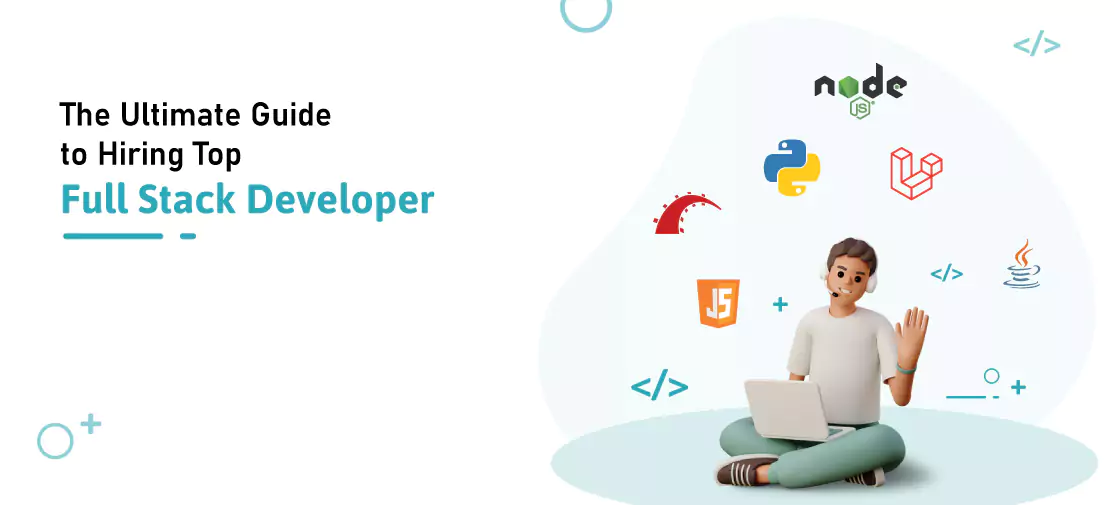Introduction
The need for seamless and user-friendly software to support wearables is growing along with their popularity.
With the help of the Google UI toolkit Flutter, you can use a single codebase to create native desktop, web, and mobile applications. It is also a feasible platform for wearables, thus its interoperability goes beyond that.
Cross-Platform Connectivity
Cross-platform compatibility is one of Flutter's biggest benefits. Flutter guarantees that applications run seamlessly on wearables from iOS and Android by enabling developers to create a single codebase for many platforms. As a result, there is no need to create distinct apps for every platform, saving money and effort while preserving consistency.
Small-screen, rich user interfaces
A variety of configurable widgets offered by Flutter aid in the creation of intricate, eye-catching user interfaces. Because wearables usually have small screens, it is essential to develop user interfaces that are responsive and easy to use. Regardless of screen size or resolution, Flutter's robust rendering engine makes sure that every interaction looks fantastic, enabling rich, interactive experiences on fitness trackers and smartwatches.
Ready to build your wearable device with Flutter?
Hire Flutter DeveloperCombining Wearable Sensors
Numerous wearables come with sensors like accelerometers, GPS, and heart rate monitors. These sensors are simple to connect with Flutter, allowing for real-time tracking and customized user experiences. Flutter offers smooth sensor integration to optimize the potential of wearable technology, whether fitness apps track steps or health apps track heart rates.
High Performance and Minimal Latency
Wearables require minimal latency and seamless performance, which Flutter's ability to compile directly to native ARM code provides. Since wearables frequently function in real-time (e.g., fitness tracking during an exercise), high performance is non-negotiable. Flutter guarantees that applications operate with the fewest possible lags, providing users with an extremely responsive and captivating experience.
The Prospects for Wearable App Development Across Sectors
The use of wearable technology is no longer limited to health and fitness. They have enormous potential to grow into other businesses in the future, which would revolutionize the way we use technology.
Healthcare: Transforming Patient Tracking
As the biggest user of wearable technology, the healthcare sector is propelling advancements in patient monitoring, diagnosis, and care. These days, healthcare wearables monitor everything from blood oxygen levels to sleep habits, giving patients and healthcare providers access to real-time data. According to Fortune Business Insight, the global market for wearable medical devices is expected to grow at a compound annual growth rate (CAGR) of 28.6% to reach $428.92 billion by 2030. Developers may push the limits of remote patient monitoring by using Flutter to create dependable, cross-platform healthcare apps that interface with medical-grade sensors.
Education: A Novel Approach to Learning
Wearable technology is transforming education by giving students immersive, experiential learning opportunities. With the help of Flutter-powered virtual reality goggles, engineering students can safely explore building sites or medical students can conduct operation simulations. By allowing students to visualize and engage with complicated concepts in ways that traditional textbooks cannot, this technology improves the learning process. The future of education is being driven by the development of educational apps that provide immersive learning environments and real-world simulations because to Flutter's adaptability and sensor integration capabilities
Communication: Smooth Real-Time Exchanges
By allowing consumers to stay connected without continuously depending on their cell phones, wearable technology improves communication. Wearables users can participate in virtual meetings, reply to messages, and receive notifications thanks to apps that run on Flutter. Immersion communication is the way of the future since gadgets like virtual reality headsets allow users to hold virtual meetings and calls, which makes distant work settings more dynamic and interesting. Communication is made easier and more effective by Flutter's multi-platform compatibility, which guarantees smooth interaction between wearables and smartphones.
Retail: Improving the Shopping Experiences of Customers
Retailers are using wearable technology to improve the shopping experience. Wearable technology provides ease and customisation through contactless payments and virtual try-ons. Retailers may use Flutter to create apps that let consumers explore, test out, and buy things using their wearable technology. Health-tracking devices can now provide individualized product recommendations based on the customer's health data, while smartwatches can now enable speedy, contactless payments. The customer experience offered by this nexus of technology and retail is unmatched.
How Wearable Tech and Flutter are Changing Lives Across Industries
What started as health and wellness tools, wearable tech's capabilities are expanding across all sectors. Here's a glimpse into how wearable tech, powered by Flutter, is altering the way we operate:
In healthcare, wearable tech and Flutter-powered apps are making waves by providing real-time health monitoring and diagnostics, improving patient care delivery and outcomes.
In the education sector, wearable tech offers immersive, hands-on learning experiences. Be it surgical simulations or virtual educational tours, Flutter allows students to comprehend complex concepts in a more interactive way.
Fitness enthusiasts can now keep tabs on their health and wellness with wearable devices that monitor activity levels, heart rates, and calories. Thanks to Flutter, enjoyable, user-friendly, and real-time monitoring apps have become plausible..
In the entertainment industry, wearable tech, particularly VR and AR headsets and glasses, creates immersive experiences for users. Flutter enables these applications to run smoothly, providing users with striking VR and AR experiences.
Comparison between Traditional Wearable App Development and Flutter's Wearable App Development
| Feature | Traditional Wearable App Development | Wearable App Development with Flutter |
|---|---|---|
| Concept | Different codebases for each platform | One codebase for all platforms |
| Pros | Native performance, deep integration | Cross-platform compatibility, faster development |
| Scalability | Scaling needs lots of resources | Efficient scaling with one codebase |
| UI/UX Design | Designs specific to each platform | Customizable widgets for all platforms |
| Integration with Sensors | Uses platform-specific APIs | Unified sensor integration |
| Performance | High performance but takes time | Near-native performance with low delay |
| Maintenance | Updates needed for each codebase | Easier maintenance with lower costs |
Conclusion
For developers intending to produce scalable, high-performing wearable applications, Flutter has emerged as the preferred option. It is the best option for creating wearable apps of the future because of its high performance, smooth sensor integration, comprehensive UI toolkit, and cross-platform compatibility. Flutter is in a good position to lead this technological revolution as wearables become more and more popular. Whether you're developing immersive VR entertainment apps, fitness trackers, or medical monitoring, Flutter is revolutionizing wearable technology and opening up countless opportunities for the future.
Are you prepared to advance the development of wearable apps? You can develop cutting-edge, high-performing apps that revolutionize wearable user interaction with Flutter's robust toolbox.



